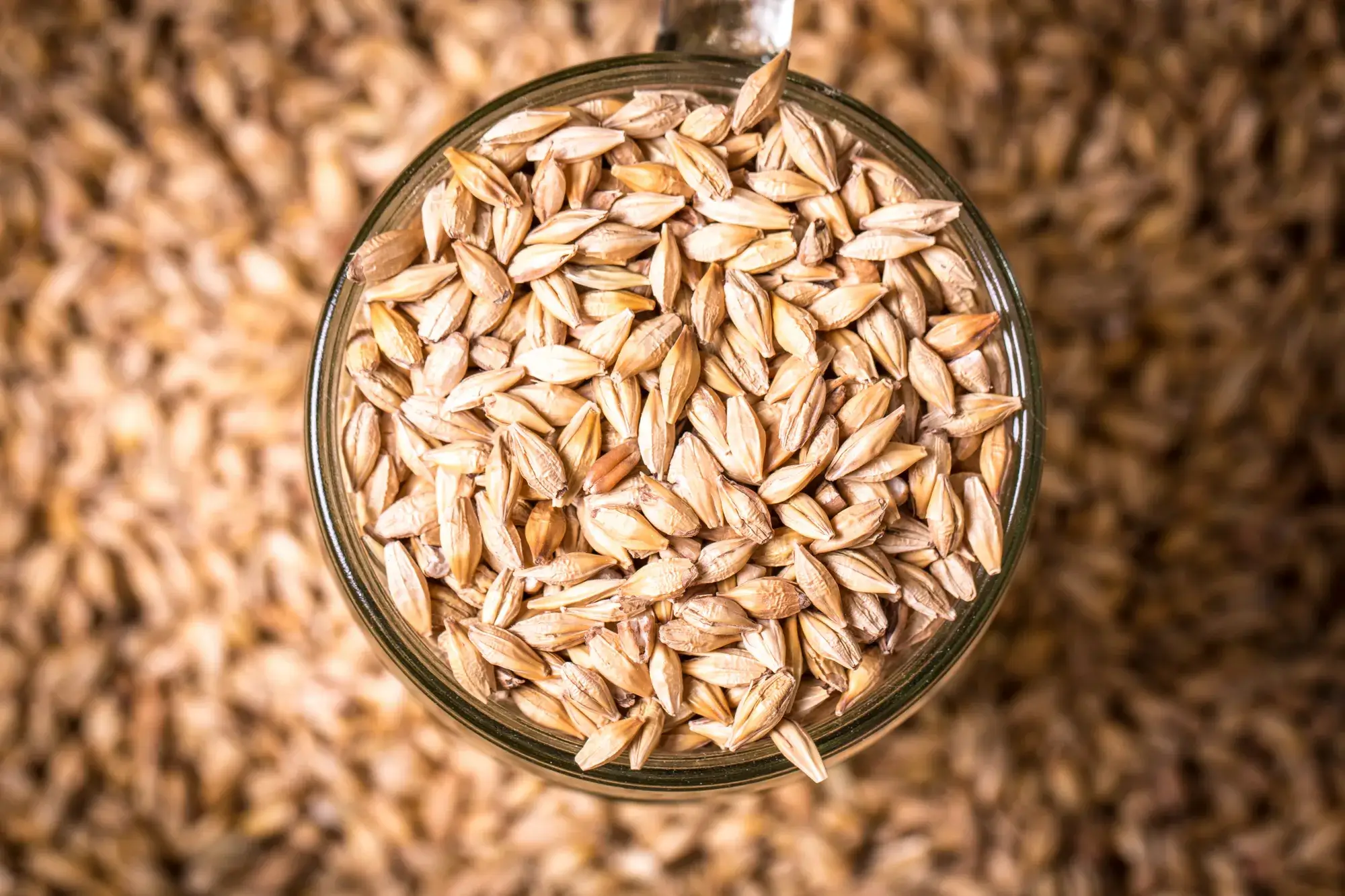Grains are the backbone of beer, providing the sugars that are fermented by yeast to produce alcohol. But with so many types of grains available, it can be difficult to know which ones to choose for your brew. In this article, we’ll explore the most commonly used grains in brewing and what each one brings to the table.
Barley
Barley is the most commonly used grain in brewing, and it’s easy to see why. It has a high starch content and a low protein content, making it perfect for beer production. Barley can be malted, which means it is allowed to germinate and then dried, releasing enzymes that convert the starches into sugars. This process also adds flavor and color to the barley. The resulting malted barley, or malt, can then be used in brewing to provide the necessary sugars for fermentation and to impart flavor and color to the finished beer.
Wheat
Another popular grain used in brewing, particularly in the production of wheat beers. Wheat has a high protein content and a lower starch content than barley, which makes it more difficult to work with in brewing. However, it can be malted and used in combination with barley to produce a unique flavor and texture in beer. Wheat beers are known for their light, refreshing character and often have notes of citrus and spice.
Rye
Rye is a less commonly used grain in brewing, but it can add a unique flavor and character to beer. Compared to barley and wheat, rye has a lower starch content than, which means that you have to mash it at a higher temperature to extract the necessary sugars. Rye can add a spicy, peppery flavor to beer and is often used in combination with other grains, such as barley and wheat, to produce complex and interesting flavor profiles.
Corn
Corn is often used in the production of American-style lagers, as it provides a light, crisp flavor and helps to lighten the body of the beer. The protein content of corn is lower than barley and wheat, which can make it more difficult to work with in brewing. It is often used in conjunction with rice to produce a light, refreshing beer that is easy to drink.
Other Grains
In addition to the grains mentioned above, there are many other grains that can be used in brewing. For example, oats can be used to add a creamy texture to beer, while spelt can add a nutty, earthy flavor. Quinoa and amaranth are also gaining popularity as grains that can be used in brewing. These alternative grains can provide unique flavors and textures to beer and are worth experimenting with for adventurous brewers.
Conclusion
Grains are an essential component of beer, providing the necessary sugars for fermentation and contributing to the flavor and character of the finished product. Understanding the different types of grains available and what they bring to the table can help brewers create unique and delicious beers. Whether you’re using traditional grains like barley and wheat or experimenting with alternative grains like quinoa and amaranth, the possibilities for creating exciting and flavorful beers are endless.

